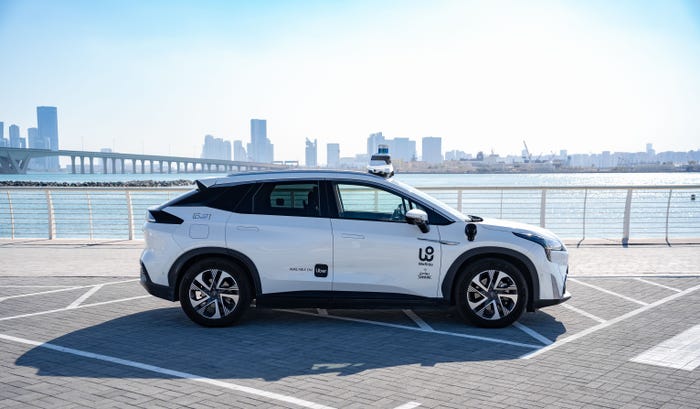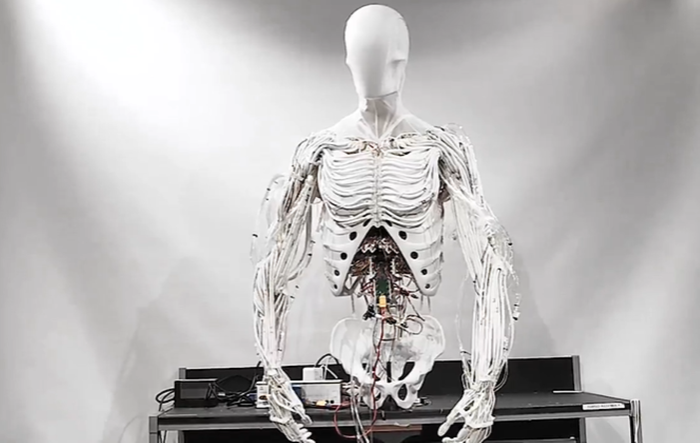Seoul Robotics CEO: Collaboration Drives Future of Connected Vehicles
In 2024, connected vehicles will become the focal point of our journey toward an autonomous future and an important step for mobility as a whole

The auto industry has been laser focused on developing ADAS and sensing technologies for driverless cars but despite the investment in R&D, there’s been limited progress towards Level 5 autonomy and making AVs publicly available. In 2024, connected vehicles will become the focal point of our journey toward an autonomous future and an important step for mobility as a whole.
Momentum is picking up though, between the International Organization for Standardization (ISO) facilitating industry collaboration and countries like the U.S. approving select states, automakers and other stakeholders to use the 5.9 GHz spectrum to deploy C-V2X technology. Known as the Safety Band, this radio spectrum has been reserved specifically for transportation-related communications between cars, traffic lights and signals.
Standardization for vehicle communication is still in its infancy, however, and its success not only relies on manufacturers, but also on cities adopting smart infrastructure that collects high-quality data in real time that can be shared and understood between devices. Smart infrastructure has already been an increasing priority for cities and global standardization is going to unlock new levels of functionality that deliver real-time changes to how roadways are shared safely. In the U.S., the city of Chattanooga has been using 3D perception smart infrastructure with deep learning AI to simultaneously track, detect and identify vehicles, bicycles and pedestrians. The city is developing a replicable blueprint through the creation of a digital twin environment that operates in real time across the largest intersection network of its kind in the country.
What’s more, new solutions have already been developed to transform 3D raw data into actionable insights for traffic controllers to make critical roadway decisions that improve mobility and ensure road safety. With an interference-free spectrum, common language and the granular real-time data of 3D perception, cities will be able to automate traffic controllers to enable impactful safety measures like giving emergency vehicles priority, extending light signals to ensure safe passage for late pedestrian crossings, and more.
The infrastructure needed for these solutions is an investment though, both in time and money. Unlike many of the legacy traffic management systems, 3D smart infrastructure will not only enable traffic controllers to enhance mobility with connected vehicles, but will also play a pivotal role in the deployment of AVs. One of the biggest issues surrounding driverless vehicles is the fact their vision is limited to their own vantage point. Autonomy Through Infrastructure (ATI) is a proven method of achieving Level 5 autonomy in controlled environments by leveraging smart infrastructure, ADAS systems, and the 4G and 5G connectivity of modern cars. While this technology alone is unlikely to power everyday autonomy on city roads, developments like the Safety Band and communication standardization will enable more insights to be shared with cars to help overcome the inevitable blindspots they experience.
We’re getting to the pointy end of what automakers can achieve alone for AVs and with the standardization, collaboration with smart cities will increase significantly. In 2024, the ISO and initiatives like the Safety Band will be catalysts for the adoption of smart infrastructure in cities across the globe to support the safe deployment of connected and, in time, automated vehicles.
Read more about:
AsiaAbout the Author
You May Also Like








